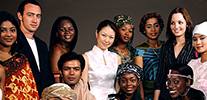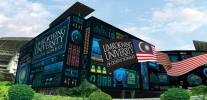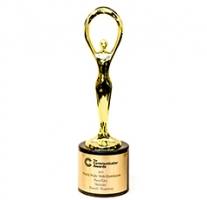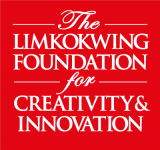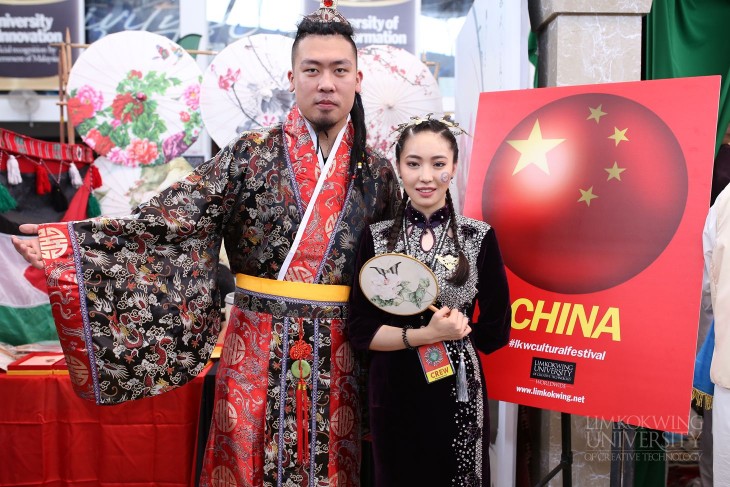
China is one of the world’s most ancient civilisations alongside Babylon, India and Egypt. Its customs and traditions vary by geography and ethnicity.
Ceramics, architecture, music, literature, martial arts, cuisine, visual arts, philosophy and religion make up the strongest elements of the Chinese culture.
Identity
According to the Asia Society site, China has more than 1 billion people split into 56 ethnic groups. The largest group is the Han Chinese, with about 900 million people which is 91.1% of the population and Zhuang people 1.3%. Tibetans, Mongols, Manchus, Naxi, Hezhen, Hui, Uighur, Miao, Yi, Tujia, Dong, Buyei, Yao, Bai, Korean, Hani, Li Kazakh and Dai constitute 7.1% of Chinese people.
Language and Religion
There are seven major groups of dialects of the Chinese language, which have their own variations. Mandarin dialects are spoken by 71.5% of the population, followed by Wu 8.5%, Cantonese 5%, Xiang 4.8%, Min 4.1%, Hakka 3.7% and Gan 2.4%.
Buddhism is practiced by 18.2% of Chinese people, Christianity 5.1%, Islam 1.8%, Folk religion 21.9%, Hinduism 0.1%, Judaism 0.1% and others 0.7%. According to the World Factbook, about 52.2% are unaffiliated.
Architecture
Chinese architecture is almost as old as Chinese civilisation and has long been an important hallmark of Chinese culture. There are certain features common to Chinese architecture, regardless of specific regions, provinces or uses. The halls of buildings such as the Forbidden City emphasise on width, whereas Western architecture underline height.
Symmetry is an important feature of Chinese architecture which depicts a sense of grandeur. However, asymmetrical designs can also be found in garden designs and paintings.
Arts
Chinese art was influenced by great philosophers, teachers, religious figures and even political figures. It embodies all facets of fine art, folk art and performance art. Porcelain pottery was one of the first forms of art in the Palaeolithic period.
The Metropolitan Museum of Art states that Chinese sculptures and paintings depict spiritual figures of Buddhism.
Musical instruments such as ‘xun’ and the ‘guqin’ are an important part of the Chinese culture.
Moreover, China is where kung fu and Eastern-style martial arts originated. The country has produced some of the most renowned martial artists including Wong Fei Hung. Martial arts schools also teach the art of lion dance, which has evolved from a pugilistic display of kung fu to an entertaining dance performance.
Customs and celebrations
The Spring Festival is the largest celebration in China. It marks the start of the Lunar Year and is a time to honour ancestors. The festival is marked with fireworks and parades featuring dancers dressed as dragons.
According to Live Science, Chinese people make pilgrimages to Confucius’ birthplace in Shandong Province on his birthday, September 28. The birthday of Guanyin, the Goddess of Mercy, is observed by visiting Taoist temples. The Moon Festival is celebrated in September or October through fireworks, paper lanterns and moon gazing.
This article is part of a series highlighting the unique cultures featured in the recently concluded Limkokwing International Cultural Festival 2017.

